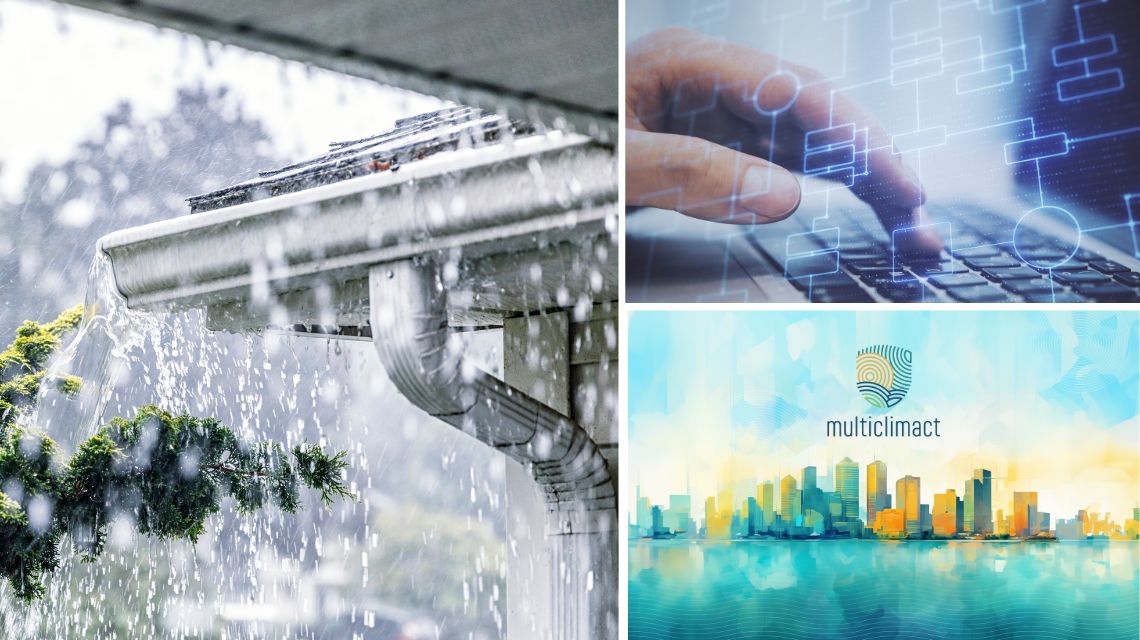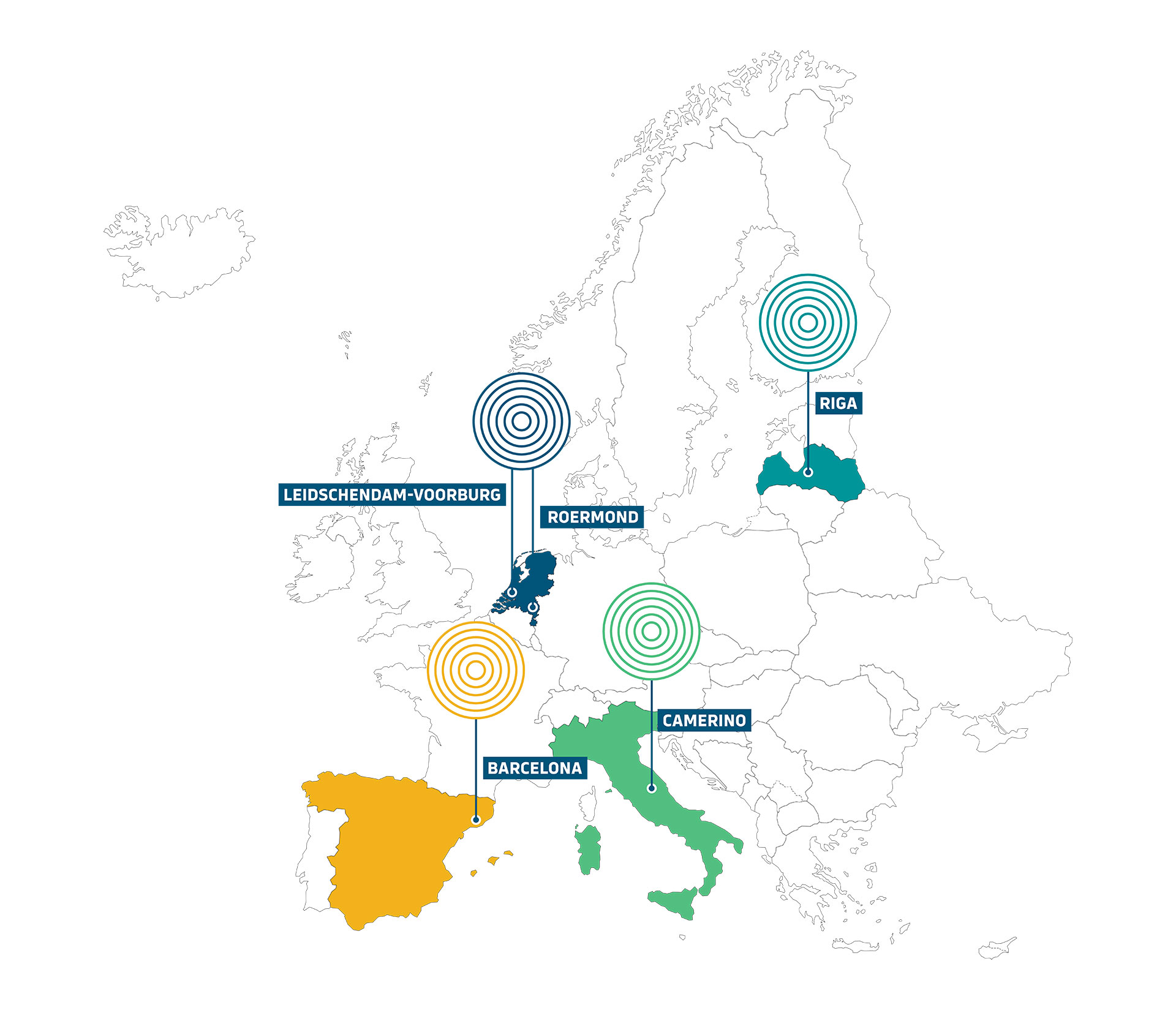Italian National Agency for New Technologies, Energy and Sustainable Economic Development

Environment: From ENEA solutions for more resilient buildings against natural hazards
Camerino in the Marches chosen as the Italian pilot site for the project MULTICLIMACT
Developing building designs withstanding climatic and natural hazards is the goal of the project MULTICLIMACT [1],, funded by the Horizon Europe program, which comprises 25 European partners, including ENEA and the company Rina Consulting S.p.A. (coordinator) for Italy. ENEA is engaged in the development of the latest version (5.0) of the CIPCast [2], software, capable of estimating possible damage to infrastructure due to seismic and climatic events, including floods and heat waves.
“CIPCast 5.0 will be able to combine data of different sources, like weather forecasts, real-time seismic events, data on buildings and infrastructure and video footage using drones, providing an accurate forecast building damage, along with indirect socio-economic effects,” explained Antonio Di Pietro of the ENEA Laboratory of Analysis and Models for Critical Infrastructure and Essential Services of the Energy Technologies and Renewable Sources Department. “Thus” he said " in emergency situations decision-makers like Civil Defense or municipalities, will be able to plan targeted, real-time interventions and take preventive action to make buildings and environments more climate-resilient, improving the safety, well-being and quality of life for citizens.
In addition, ENEA will make the digital solutions developed by the project partners interconnected and interoperable through the ENEA SCP platform [3],. “End users will so be able to use a single, free and open source platform to monitor data acquired with different tools” the researcher concluded.
To assess and inspect the built environment, ENEA will experiment with the application of methods based on nondestructive testing (NDT), developed in laboratories for monitoring reinforced concrete structures following seismic events.
“The objective is to create true digital replicas of buildings (digital twin) through which to facilitate the analysis of structural mechanics and provide insights on internal dynamics of buildings,” explained Anna Maria Vincenza Luprano of the ENEA Laboratory of Technologies for the Preservation of Architectural and Cultural Heritage of the Department of Sustainability, Circularity and Climate Change Adaptation of Productive and Territorial Systems.
The technological solutions developed as part of the project will be tested at four pilot sites: Camerino (Macerata), Barcelona, The Hague and Riga.
The pilot project will take place in Palazzo Fazzini, where the student residence of the University of Camerino is located, due to its high seismic vulnerability and damage in the recent past. The building will be studied by ENEA through NDT (nondestructive testing) techniques like ultrasound tomography and sonic techniques. To assess the health of the building, the data collected will be integrated into the building's digital twin, allowing for a very detailed digital representation of the building to understand its structural mechanics.
The CIPCast platform will also be implemented with the aim of providing advanced tools for forecasting and simulation of emergency scenarios to the Camerino Civil Defense, thus improving planning and management of natural hazards.
For more information please contact:
Antonio Di Pietro, ENEA - Laboratory of Analysis and Models for Critical Infrastructures and Essential Services - ENEA Department of Energy Technologies and Renewable Sources,
Anna Maria Vincenza Luprano, ENEA - Laboratory of Technologies for the Preservation of Architectural and Cultural Heritage - Department of Sustainability, Circularity and Adaptation to Climate Change of Productive and Territorial Systems,
Notes
[1] MULTI-faceted CLIMate adaptation ACTions to improve resilience, preparedness and responsiveness of the built environment against multiple hazards at multiple scales
[2] CIPCast v5.0 – Critical Infrastructure Protection Forecasting platform
[3] SCP – ENEA Smart City Platform. Laboratories involved: Smart cities and communities e Cross technologies for Urban and Industrial Diistricts - ENEA Department of Energy Technologies and Renewable Sources

